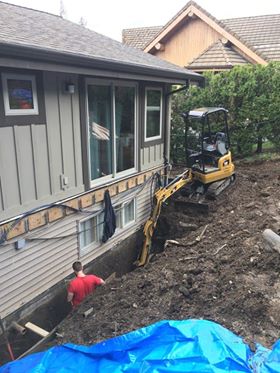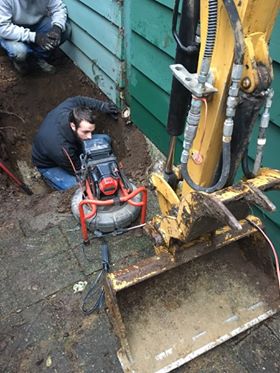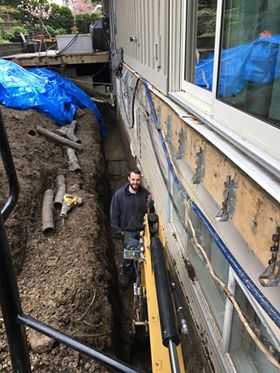Drainage Services and Maintenance
Proper drainage services and maintenance are essential for preventing water damage and ensuring the longevity of any property’s drainage system. With the right expertise and care, these systems can function effectively for years.
Professional Drainage Solutions
Professionals in the drainage industry offer a wide array of services to cater to various needs. They specialize in drain tile system repair and maintenance, adhering to the highest industry standards. These services often include:
- Video Pipe Inspections: Utilizing state-of-the-art cameras to detect blockages and damages within the drainage system.
- Installation and Repairs: Addressing any issues from leaks to complete system failures.
- System Assessments: Experts evaluate the condition of drain tiles, recommending solutions to enhance their functionality.
Routine Maintenance Tips
Proper sump maintenance and routine checks are fundamental in preventing drainage failures. Homeowners and property managers can follow these preventive measures to maintain their drainage systems:
- Regularly clean and inspect gutter systems, ensuring water can flow freely away from the property.
- Check for and remove any debris blocking the sump discharge lines.
- Test sump pumps periodically to confirm they are operating correctly, especially before rainy seasons.
- Maintain a clear area around all drain openings, preventing blockages from accumulating.
Emergency Drainage Service
Despite preventative measures, emergencies can occur. Many professional drainage companies offer 24-hour emergency services to tackle urgent issues such as clogged or overflowing drains. Quick response to emergencies is crucial to reduce the risk of water damage. Companies that specialize in these situations often provide:
- Immediate Response: Teams are dispatched promptly to assess and address the emergency.
- Clog Removal: Expert handling of sudden blockages to restore drainage flow.
- Water Removal: Services to efficiently remove standing water caused by backup or flooding.
Local Drain Tile Repair Services
Local drain tile repair services span across the Vancouver area, offering a range of solutions from evaluations and maintenance to complete system replacements. Expert technicians bring their experience and knowledge to homeowners, ensuring foundation protection against water damage.
Services in the Lower Mainland
The Lower Mainland offers an extensive array of drain tile repair services catered to a diverse clientele. Homeowners throughout the region have access to companies guaranteeing their work, with technicians skilled in both repair and maintenance of existing systems, as well as the installation of new drain tiles when necessary.
Frequently Asked Questions
Addressing frequently asked questions provides clarity on the typical concerns surrounding drain tile system repairs, from costs to identifying repair needs.
What is the average cost to repair a drain tile system?
The cost for drain tile repairs can vary depending on the extent of damage and the method of repair used. Prices can range significantly, and it’s advisable to get multiple estimates from professionals to gauge the cost accurately.
How do I find a reputable drain tile repair service?
To find a reputable drain tile repair service, look for companies with positive reviews, ask for referrals from trusted sources, and check for proper licensing and insurance. It’s important to choose a service with a proven track record of quality workmanship.
What are common signs that drain tiles need repair?
Common signs that drain tiles need repair include water accumulation in the basement, damp or musty odors, mold growth, and visible cracks or settling in the foundation. Timely recognition of these signs is crucial for avoiding more significant damage.
What methods are used to fix a clogged drain tile?
Methods to fix a clogged drain tile may include snaking to remove obstructions, high-pressure water jetting to clear debris, or trenchless repair techniques. Professionals will choose the most effective method based on the specific problem.
Why might a drain tile system stop functioning properly?
A drain tile system might stop functioning due to various reasons such as clogging from silt or debris, tree root intrusion, pipe collapse, or improper installation. Age can also be a factor, as older systems are more prone to deterioration.
How long does it typically take to repair a drain tile?
The duration for drain tile repairs can range from a few hours to several days, depending on issues like accessibility, weather conditions, the repair method, and the length of the drain tile system being fixed.



